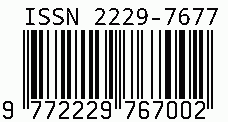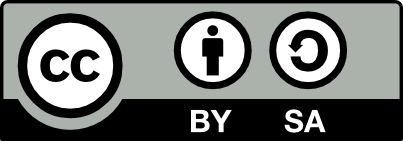
International Journal on Science and Technology
E-ISSN: 2229-7677
•
Impact Factor: 9.88
A Widely Indexed Open Access Peer Reviewed Multidisciplinary Bi-monthly Scholarly International Journal
Plagiarism is checked by the leading plagiarism checker
Call for Paper
Volume 16 Issue 3
July-September 2025
Indexing Partners



















Advancements in V2X Communication: Enhancing Vehicle-to-Vehicle, Vehicle-to-Pedestrian, and Vehicle-to-Infrastructure Connectivity"
| Author(s) | Suresh Sureddi |
|---|---|
| Country | United States |
| Abstract | The automotive industry is transforming rapidly with the evolution of 5G, cloud computing, connected and autonomous vehicles, and artificialintelligence. Wireless communication plays a significant role in this industry transformation with continuously evolving V2X (Vehicle-to-everything) communication technologies. V2X in general is referred to as Vehicle-to-Vehicle (V2V), Vehicle-to-Pedestrian (V2P), V2I (Vehicle-to-Infrastructure), V2N (Vehicle-to-Network) communication and so on.Safety and congestion, two of the major issues in transport, are the best examples, to which the vehicular communication has started to have an influence. These V2Xcommunications provide traffic efficiency, driving safety, and road information in real-time.This paper briefly highlights the evolution of V2X communications, starting from DSRC to 5G NR V2X, and compares different types of wireless communication for vehicle communications. It also provides a list of applications that use V2X. It also briefly highlights the security concerns involved with these V2X communications and the mitigation plans being studied by academia and industry. |
| Keywords | V2X (Vehicle-to-Everything), V2P, Cellular-V2X(C-V2X), Connected and Autonomous Vehicles (CAV), Connectivity, Artificial Intelligence |
| Published In | Volume 11, Issue 4, October-December 2020 |
| Published On | 2020-12-07 |
| DOI | https://doi.org/10.71097/IJSAT.v11.i4.1169 |
| Short DOI | https://doi.org/g83h89 |
Share this


CrossRef DOI is assigned to each research paper published in our journal.
IJSAT DOI prefix is
10.71097/IJSAT
Downloads
All research papers published on this website are licensed under Creative Commons Attribution-ShareAlike 4.0 International License, and all rights belong to their respective authors/researchers.

